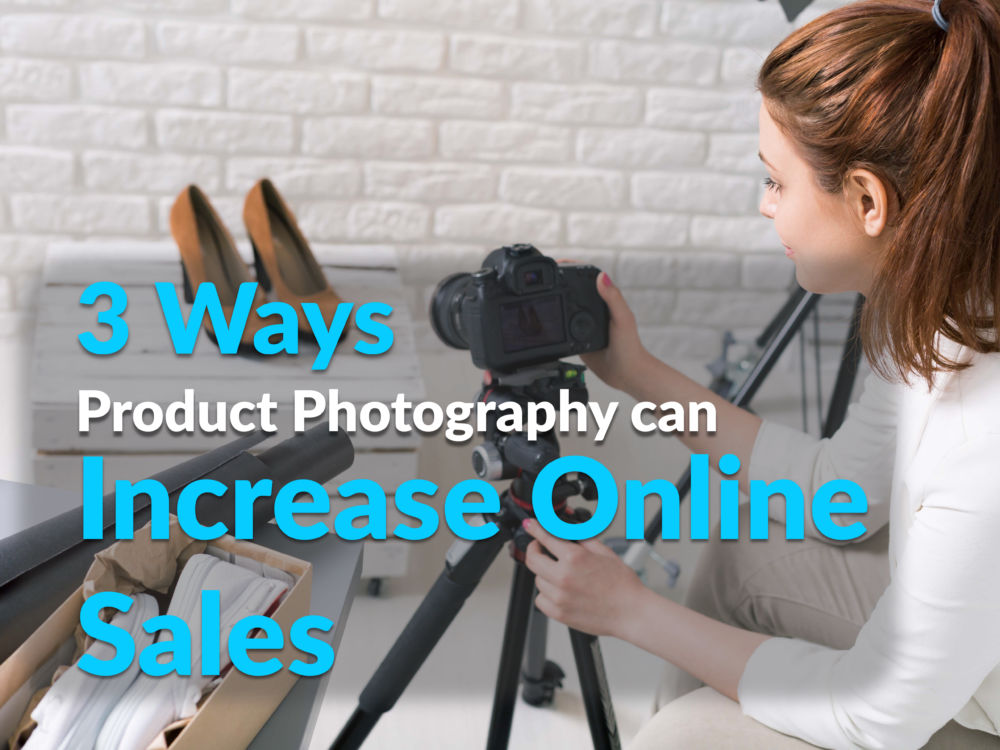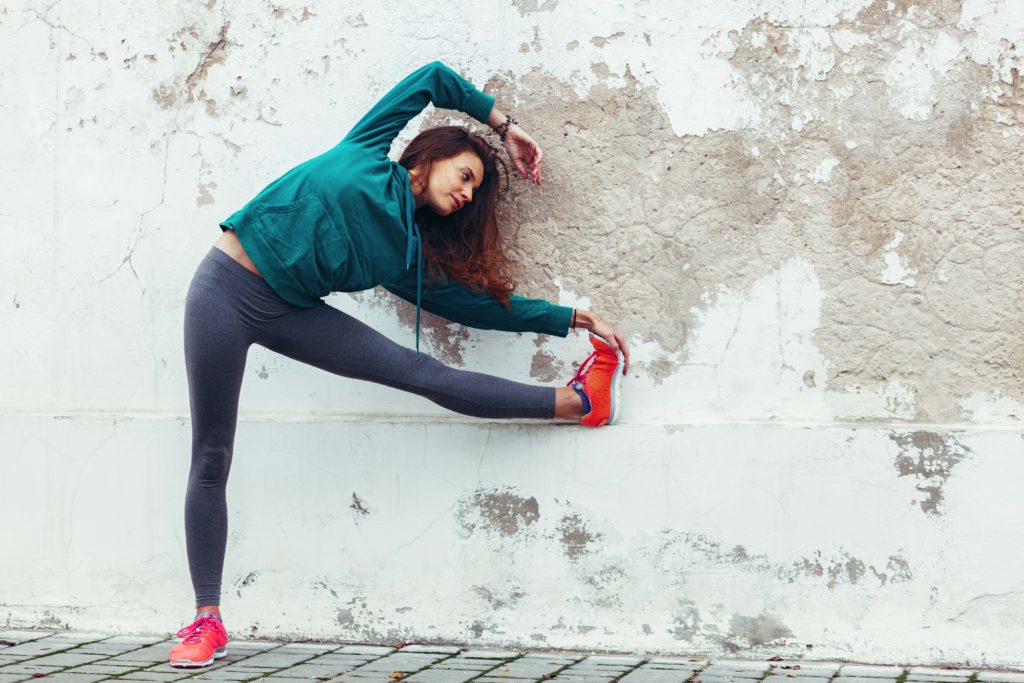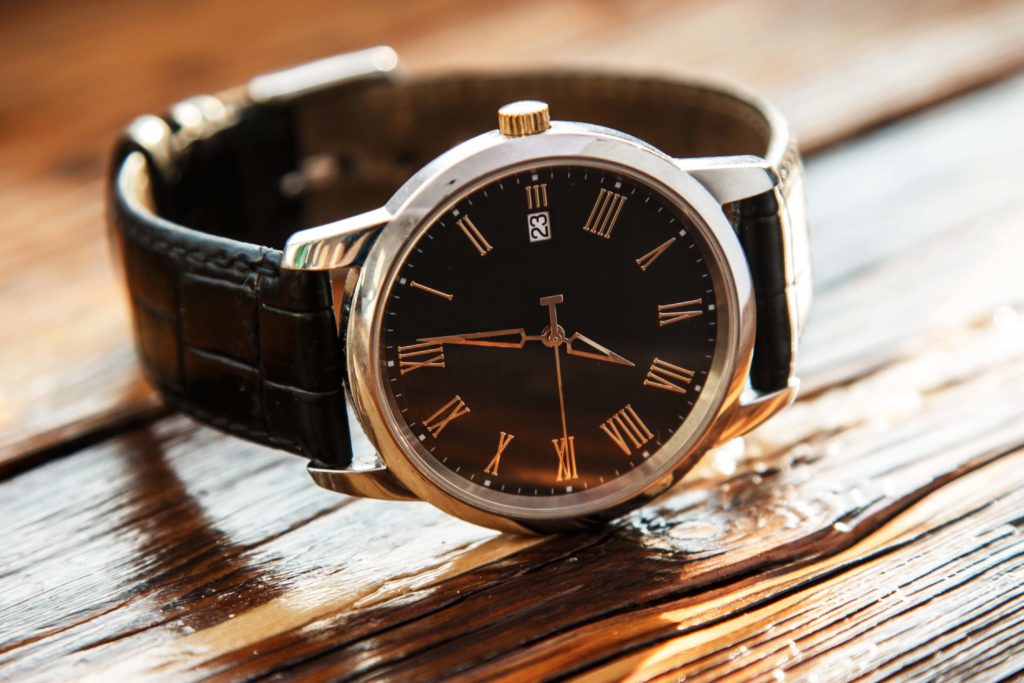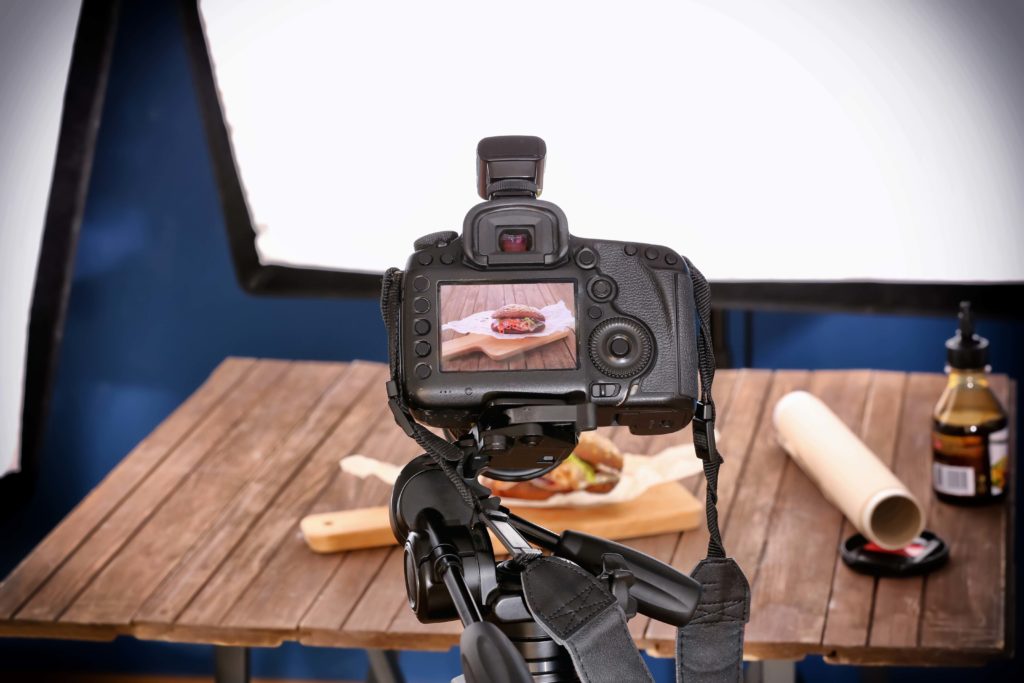
Today, people shop online for everything from clothing and personal care items to new vehicles and homes. Whether you’re an occasional online seller or you run several e-commerce websites, you should know how to take high-quality images to promote your products. With quality product photos, you’ll be able to entice buyers and increase sales.
3 Ways Product Photography Can Increase Online Sales
- Provides a Consistent Look and Feel for Your Products
- Helps Customers Envision Themselves Using Your Products
- Creates a More User-Friendly Shopping Experience
If you do any type of sales online, learning how to shoot product photography is a must. And you don’t need an expensive, high-end camera to get started. While digital cameras and mirrorless cameras are useful, you can also achieve good results with a quality smartphone camera.
Online shopping gives your customers the ability to explore product options from the comfort of their homes at their own convenience. Even when customers stop into a brick-and-mortar store, it’s likely that they’ve spent time researching product options before making a purchasing decision.
For any online seller, DIY product photography is an essential skill to master. It lets you take control of your product listings and your business.
There are several ways product photography services can open up new income streams and help sellers increase conversions.
1. Provides a Consistent Look and Feel for Your Products
If you have an e-commerce storefront, no matter how small, you’ll want to portray a consistent look and feel in your product images. The visual appearance of your store is a key feature of a strong brand identity.
Having a consistent look and feel has other advantages, too. It makes it easy for customers to scan several products on a page and compare them. This can be especially useful if you sell several variants of the same types of products.
Plus, visual consistency in product images can make the user experience more pleasant. Think of how it feels to view several pictures side by side with different backgrounds or lighting effects. This can make your brain work harder to process the image and create visual fatigue. You’ll want to avoid creating this type of perception and experience for your viewers. Try to use the same lens when shooting your product line.
Before a photo shoot, it’s important to spend some time thinking about how you want your product photos to appear. Do you want all your images to have a white background so that the product is the clear focus? Or will you pursue outdoor product photography for a natural vibe? Consider your customer needs, product lines, and brand message when choosing a product photography style.

2. Helps Customers Envision Themselves Using Your Products
When you visit a store to make a purchase, you can see and touch a physical product before you buy it. You can feel its weight in your hand, observe textures and colors, or even try it on. This can help you make a decision between competing product options and help you feel good about your buying decision.
With an online store, your e-commerce product photography will have to help customers imagine using your products. You may need to take photographs from different angles to give customers more insight.
For example, if you’re selling running shoes, you’ll want to include a front and side view—but also consider showing the tread and laces. Another great option is 360 product photography that shows a view of your products from every angle. You could even take some shots that portray the shoe in use—or even use videos to accomplish this goal.
Another technique is to show products in an environment where they may be used. If you’re selling pens, for example, display them on a desk with other relevant items—like journals and glasses. Make sure each shot fits with your brand identity, however, whether that’s modern, retro, rustic, urban, or any other style.

3. Creates a More User-Friendly Shopping Experience
Consider your own online shopping experiences. Imagine you want to buy a new outfit for a special event. Are you more likely to buy an item with clear, high-quality photographs or one with no photos or low-quality ones? Your far more likely to choose the first option. Your customers feel the same way.
When you have a good-quality range of photo options for each product, you can create a positive shopping experience for your viewers. This will help them understand how your products can fit into their lives and make them more likely to buy from you.
You also need to keep in mind that some visitors will be viewing your products on a mobile device. Any photo style or images you choose should work well on smaller screens. They should either scale automatically or offer an easy zoom option.

Product Photography: Quick Tips
As you can see, learning how to do product photography is an important skill for bloggers and small business owners—or anyone who does any type of online sales. Fortunately, amazing product photography is within your reach. You may need some supplies on hand, but you don’t need to invest in a lot of expensive photography equipment or create your own photography studio to reach your goals.
Before you start snapping photos, you should spend some time looking at varied examples of product photography. Explore Amazon product photography to see how the e-commerce giant portrays a vast range of products in a consistent way. Study eBay product photography to find examples of commercial photography alongside DIY photography.
Just follow these proven product photography tips, and you’ll be on your way!
Use a Tripod for More Consistent Results
When selling your first few products online, it is acceptable to shoot handheld. Over time, as your product set expands, you’ll need to use a tripod to ensure you shoot each photo with the same orientation. In fact, professional photographers often cite a tripod as the most important accessory for success.
You should select a tripod that works well with your camera. As you research tripods, you’ll find they come in a range of sizes, styles, and price points. Make sure any tripod you select is stable to reduce the risk of camera shake. Also, look for a tripod that lets you adjust the height and allows you to shoot from an overhead orientation. Finally, make sure that the tripod can hold the total weight of your camera and any lenses or accessories you may use.
Choose the Right Product Photography Lighting Approach
As you gain experience in product photography, you’ll learn that no one single lighting approach works well for every type of product. You’ll need to decide whether natural or artificial light works best for your unique product set. Once you choose a product photography lighting setup for your offerings, you’ll need to stick with it to create consistency in your look and feel.
You can use natural lighting for product photography either indoors or outdoors. Many photographers find natural light works best for products that are worn by people. So, if you shoot fashion photography to sell clothes or shoes, consider natural lighting. It also works well for items meant to be used outdoors.
Artificial lighting works best if you want your product shots to be the main focus and have a proper depth of field. With artificial light, you can emphasize features that are key selling-points for each product. You can also use a light tent to take close-up shots to show small details that might be interesting to potential buyers.
Whether you choose artificial or natural light, you may need a few accessories to modify your lighting. A fill light can supplement your primary light source and soften shadows around your products. If you use on-camera flash, bounce cards can diffuse light, reduce shadows, and make your product more visible.

Select the Best Background
It’s also crucial to choose the right background for your product photos. Many product photographers find that a white backdrop works well—as it places emphasis on the product without any competing elements. Also, many third-party marketplaces, like eBay and Amazon, require images with a pure white background. If you go this route, you can bend a sheet of large white paper—called a sweep—to provide a clean, even white background for your products. And if you’d prefer a color instead of a pure white background, you can use the same technique.
Using a real-world background is another popular alternative for product photography. However, you must take care to ensure that the item you are trying to sell is obvious and that the background is not distracting.
You can achieve this look by thinking of your product as a portrait. Shoot with a wide aperture setting to keep your product in sharp focus while blurring the background. If you use motion blur, be careful not to overdo it. Remember that you may have to adjust your shutter speed to compensate for the larger aperture setting.

Take Several Images
Since your customers will want to see your product from multiple angles, always take several images for each product. Also, this approach gives you a more extensive selection of product photography images so that you can choose the best ones for your online venue. And it gives you much more flexibility to improve your images with photo editing software.
Don’t forget that you can enhance any image during your post-production process. Using Lightroom presets is one of the easiest ways to transform any image with just a few clicks. You can even find professionally designed product photography presets that can provide a consistent feel for each final image.
Maximize Online Sales with Amazing Product Photography
No doubt about it: High-quality product photography is a must if you want to be successful in online sales. That’s true whether you post a few items for sale online or if you run an active e-commerce business.
The good news is that anyone can learn essential e-commerce photography skills. You can opt for a product photography class or follow a product photography tutorial to learn the basics. And you can gain insight from viewing examples of strong online product photography. Study examples of images of Amazon products or spend some time visiting your favorite online boutiques for product photography ideas. Identify what techniques these venues use and why their product photography appeals to you.
Keep in mind that product photography should always put the needs of the customers at the forefront. You should aim to help customers imagine themselves using your product and create a positive user experience. It’s important to create a consistent visual identity—or look and feel—through your photos to help build brand recognition.
To be successful in product photography, you should know a few expert photography tips. Invest in a good tripod that works well with your camera. Learn about product photography lighting and product photography backdrops. Take lots of product shots so that you have plenty of photos to work with during post-production—and rely on Lightroom presets to streamline your photo editing. These steps will help ensure you can have a professional photo set available for every product.
Even if you are a beginner photographer, you can take great product photos. You don’t need expensive equipment to get started. Start applying some basic product photography know-how, experiment with new ideas, and watch your online sales grow.
